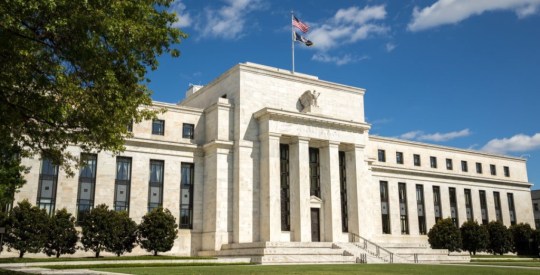Federal Reserve Chairman Ben Bernanke continues to say the central bank is ready to provide additional accommodation to support an economic recovery, and now “nonconventional tools” appear in play. Speaking at a conference in Boston, Bernanke said economic policy mandates are constrained because nominal interest rate cannot be reduced below zero. The Federal Open Market Committee lowered the rate to between 0% and 0.25% in December 2008. Thomas Hoenig, head of the Kansas City Fed, has voted against every FOMC decision this year and wonders if the ZIRP, in addition to hindering possible action, can also eventually lead to inflation. Still, it’s all but certain the Fed will announce its intent to begin another round of large-scale Treasury securities purchases, known as quantitative easing, following its next meeting Nov. 2 and 3. Especially considering the FOMC’s dual objectives of maximum employment and price stability. “Given the committee’s objectives, there would appear — all else being equal — to be a case for further action,” Bernanke said Friday. Economists at Capital Economics lamented the lack of detail in Bernake’s speech. “Unfortunately, we’re still no closer to knowing exactly what the so-called QE2 program might involve, in particular what amount of Treasury securities the Fed could end up buying,” said Paul Ashworth, the firm’s senior US Economist. “At this stage, $500 billion or even $1 trillion is just not going to do it.” Some Fed officials also wonder if it will do anything and Bernanke also is beginning to express some concern. “One disadvantage of asset purchases relative to conventional monetary policy is that we have much less experience in judging the economic effects of this policy instrument, which makes it challenging to determine the appropriate quantity and pace of purchases and to communicate this policy response to the public,” he said. So, it seems officials plan to look elsewhere, as well. “The committee must consider the costs and risks associated with the use of nonconventional tools when it assesses whether additional policy accommodation is likely to be beneficial on net,” Bernanke said. ” In short, there are clearly many challenges in communicating and conducting monetary policy in a low-inflation environment, including the uncertainties associated with the use of nonconventional policy tools.” Write to Jason Philyaw.
Bernanke gives strong indication of ‘nonconventional’ quantitative easing
Most Popular Articles
Latest Articles
Powell makes it clear: No rate cuts anytime soon
Powell made statements that indicate there will be no rate cuts anytime soon because the economy and the labor market are too strong.



